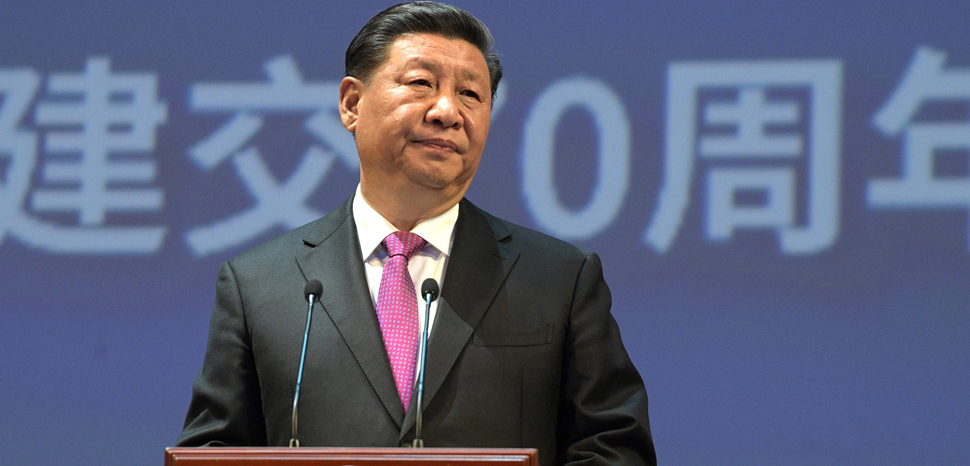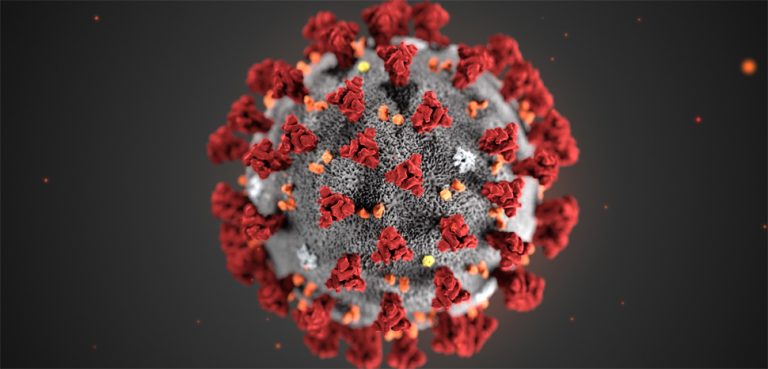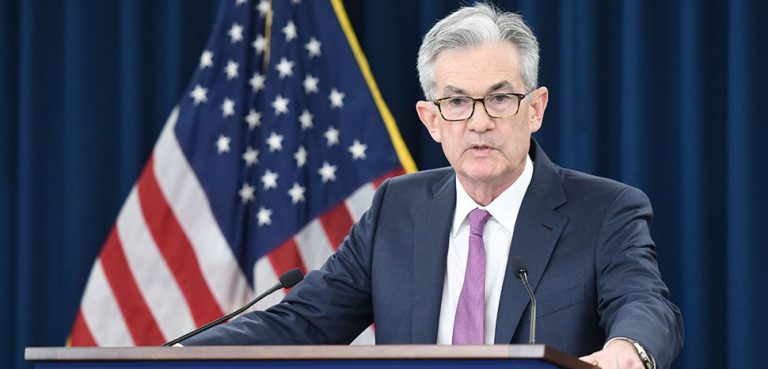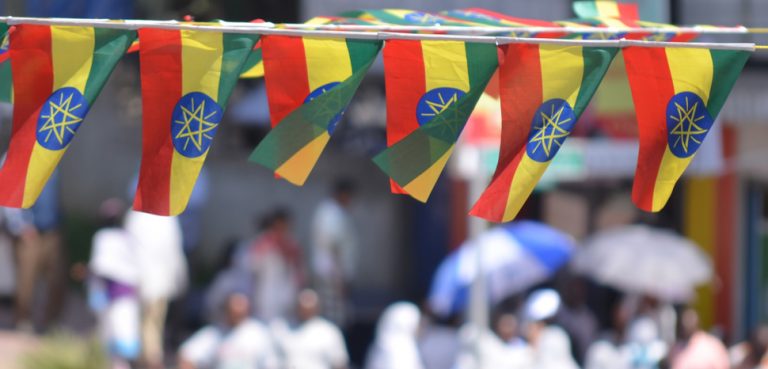Questions are mounting on the reliability of China’s COVID-19 figures, with data continuing to emerge that suggests the epidemic has been brought under control. The emergence of new data reinforcing these claims has also been accompanied by information from the initial epicenter itself, Wuhan, that directly contradicts any assertion that China has tamed its dragon.
The Chinese Communist Party (CCP) has a history of presenting data gaps in its official statistical data, predominantly in the areas of GDP, military spending, housing, but in other areas as well that reflect on the overall performance of the state and its leaders. As China’s economy has grown, so too has interest in official Chinese statistics. In terms of research, one is somewhat restricted to using what the CCP provides while proving that official CCP data is modified with the intention of making the numbers shine is nearly impossible. One would then turn to other indicators that would either support of confute the data served by the CCP regime. An important item to highlight is, when dealing with such a state, statistical data as indicators of key performances areas (e.g., the economy) are important for legitimizing the regime in power. While there is an inherent challenge in disproving the data, one can almost certainly expect statistical manipulation.
One of the greatest challenges for the CCP in the context of the COVID-19 outbreak and its burgeoned into a full-blown pandemic was originally grassroots level data-sharing with the central government, which has turned into a major problem for the CCP. To begin with, competition within and across the large Chinese state exists. Positive figures reflect strongly on provincial governors, and in turn reflects efficacious leadership, efficiency, and other governance skills that simply make them look better to the ruling party and collectively reflect well on the party. Individually, it sets local government administrations and leaders apart from others that may not perform as well. To be sure, this internal competition can be seen at all levels but has blossomed into an international challenge for the CCP as a result of a gamble. The CCP reported on March 19 that it had no new cases of the disease while Italy recorded 3,405 deaths – China revealed 3,248 on the same day. That changed when it reported a rise yet again due to foreigners – Chinese returnees. Then, as if the sudden flattening and near-disappearance of the disease was not improbable enough, the CCP unexpectedly released information of 1,290 deaths to be added to the existing death toll on April 17. The reason? Authorities failed to count the bodies of those who had died from the disease but were never discovered. The fatality increase figure appears to be a strategic one – not too few, not too many.
Almost certainly, the data that the CCP shares with the world is the product of statistical distortion while its own internals possibly reveal different conditions that would delegitimize the ruling party and the regime overall. This is yet another tight spot that the CCP finds itself in. China’s reporting on COVID-19 has worsened since the beginning of the pandemic, which began as a concealed disease outbreak and true numbers being downplayed by over 500% in some locations in China. Dr Li Wenliang and the other COVID-19 “whistleblowers” were silenced by Beijing after drawing attention to the disease. Ren Zhiqiang, Chen Qiushi, Fang Bin, Li Zehua, and Xu Zhangrun, each of whom criticized the CCP and Xi in some form are still missing, presumably held by Chinese authorities. Dr Wenliang died, in a convenient turn of events for the CCP, of the disease he was attempting to draw attention to – a major point for Beijing but only if the audience is foolish enough to buy that story. In fact, in the weeks that followed, other journalists and activists shining the spotlight on the CCP’s mismanagement and cover-up of the virus vanished. These events lend credibility to existing (already soaring) degrees of suspicion over CCP data, especially given the tremendous rate of spread and fatalities in other countries with population concentration. As a peculiar case that illustrates the creativity of some governments, Chile’s Health Minister Jaime Mañalich stated at a press conference that victims of COVID-19 can be counted as recovered because they are “no longer contagious.” In fact, the bodies of COVID-19 victims can remain contagious. Dr Ilan Schwartz, infectious disease specialist and assistant professor at the University of Alberta, recently stated that, “it would be possible that the virus could persist and remain infectious in or on the body of someone who has died.”
One might ask whether the CCP is managing the data by focusing on aspects that can finesse COVID-19 numbers. Underlying health conditions can serve as yet another convenient cover for the true extant and impact of the virus. It is unlikely that many of China’s victims of COVID-19 were perfectly healthy individuals without other underlying health concerns, from an existing cold to pre-hypertension, or something far more serious. Thus, the existence of any other ailments can annul concrete claims that COVID-19 victims fell victim to the virus and nothing else. It was not until April that the Chinese authorities had elected to include asymptomatic cases into their official COVID-19 tally. In a study from April 6, 2020, Carl Heneghan, Jon Brassey, and Tom Jefferson of the Centre for Evidence-Based Medicine (CEBM) discovered that, “between 5% and 80% of people testing positive for SARS-CoV-2 may be asymptomatic.”
Given that the COVID-19 caseload has surpassed the 2.5M mark and that 210 countries and territories across the globe have reported on their respective figures (though the range of accuracy is broad and uncertain due to a surfeit of factors), there are enough cases to act against the virus as a unitary state actor and in cooperation with others. The weight of evidence exists for a variety of epidemiological research studies that can translate into policy action. However, any prospect of the global community moving forward or beyond current conditions without the support of a state that accounts for approximately 20% of the global population remains virtually non-existent at best. China and its people are an intricate component of the global economy, globalization, and many societies.
The question of how Chinese tech firms and other companies can withhold data from the CCP is an easy question to answer: they cannot. Section 2 of Article 71 in The Constitution Law of People’s Republic of China obliges essentially everything within and belonging to the state to supply requests of information. This is definitely not a two-way street and certainly not one that works beyond national borders, that is, between China and any other country. Furnishing others (i.e., states, international organizations, research institutes, and other entities) with (accurate) data is performed on a voluntary basis. As such, no authority can force China to provide accurate numbers to The World Health Organization (WHO) or any state in the international system. Indeed, it would be apt to question the effectiveness of conditionality with China as such a process would be contingent on many factors, some of which would be, risk/cost, benefit (for China, principally), material capacity, solidarity of actors involved, and so on.
The CCP has gone against its own two-faced calls for transparency and freedom of speech since the beginning of the outbreak, calling into question even more so the accuracy of its data. This also applies to its own research. What people and governments know China knows about the virus at this point is based on the information that the CCP disseminates for public consumption. In classic CCP fashion, efforts to clamp down on independent data collection and analysis emerged as April carried on. No longer will research papers and publications be freely shared by Chinese medical experts without Xi’s stamp of approval. The CCP immediately pulled the plug on what it referred to as wasteful and counterproductive research into the disease. This means any scientific research data and analytics first needs to be fed through the filters in Beijing to ensure that research experiments and findings that could possibly assist in any international efforts to counter the disease does not veer from the regime’s path. Beijing’s two-pronged strategy in the face of suspicious numbers reported from within China and escalating death tolls beyond China’s borders (excluding Taiwan) includes: denial or false claims counter-accusations.
Pointing the finger at other countries, Beijing has reached in the direction of conspiracy theory, labeling the disease a product of the US military. Subsequently, Beijing’s blame game turned its sights to Italy, one of the hardest hit countries, claiming that the virus started in Italy and was brought to China by Italian tourists. Complementing its barrage of blame and redirecting the world’s attention, Beijing commenced its charm campaign, which coincided with calls by medical professionals regarding critical shortages of personal protection equipment (PPE). By the beginning of April, China’s coronavirus supplies were being rejected by other countries in short succession. Thousands of kits have failed quality criteria. The Netherlands reported that 600,000 face masks were recalled. Spain faced similar issues, stating that testing kits were essentially useless as they could not accurately determine if someone actually had the virus. Turkey made similar announcements about faulty equipment, as did Czechia (a country that sent supplies to Italy after China’s botched equipment was declared useless).
The reliability of what the CCPs “knows” about this virus is consistent with the reliability of other forms of data shared by the CCP. The numbers observed in China have been too perfect, consistently so. The CCP’s data on fatalities reveals prediction-models that are simply unrealistic, suggesting that the CCP new exactly how the virus was going to play out and the extent of human cost. This adds a further layer of impossibility, not improbability, given the that there is no way for the CCP to have known how the disease would be contracted. Authoritarian-style governments consistently demonstrate that they are filters of information. Others can only gain information about China’s internal medical competencies related to COVID-19 from the state, external scholarly research reports, or internal data leaking from whistleblowers – The CCP has covered all of those fronts. There is just as much reason to be in disbelief that the CCP is purposefully downplaying what it knows about COVID-19 as far as vaccines or a “cure” goes. At the same time, reports have recently come out suggesting that China has been successful in a peculiar treatment of two Chinese doctors. Overvaluing its knowledge about the disease, however, is an option but remains a risky move in that it would raise more questions about the regime than benefit it would yield. For now, it is far safer for the CCP to say “we know little about this deadly disease but our competencies are such that we have prevented the spread through conventional measures.”
The views expressed in this article are those of the authors alone and do not necessarily reflect those of Geopoliticalmonitor.com or any institutions with which the authors are associated.




